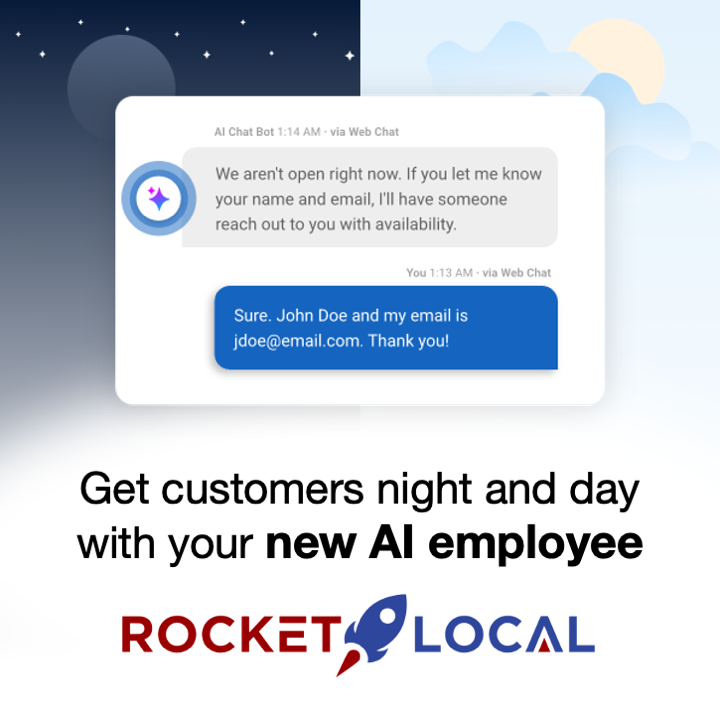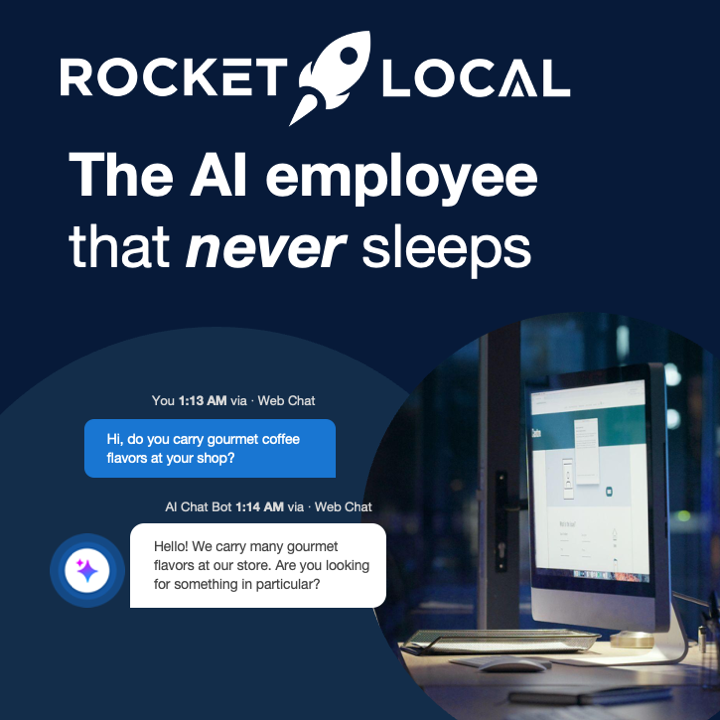In today’s fast-paced digital world, creating a successful omni channel marketing strategy is more important than ever. As we head into 2025, customers expect a smooth and personalized experience across all platforms, whether they’re shopping online or in-store. This article will explore the key elements of an effective omni channel marketing strategy, helping you connect with your audience and enhance their journey with your brand.
Key Takeaways
- Understand your audience’s journey and tailor your approach to their needs.
- Integrate technology to gather insights and automate processes for better efficiency.
- Avoid common mistakes like siloed data and inconsistent messaging to maintain a strong brand presence.
Understanding Your Audience’s Journey
It’s 2025, and if you’re not laser-focused on your audience, you’re already behind. Forget generic marketing; it’s all about knowing your customer inside and out. What makes them tick? Where do they hang out online? What are their pain points? Answering these questions is the first step to crafting an omni-channel strategy that actually works. Understanding their journey helps identify where they experience friction or get confused.
Mapping Customer Touchpoints
Think about every single way a potential customer might interact with your brand. I mean everything. From that initial Instagram ad they see while scrolling, to the email they get a week later, to the social media monitoring they might do to check out your reputation. List it all out. It’s not enough to just assume you know where they are; you need to actively track and analyze these touchpoints.
Here’s a quick list to get you started:
- Social Media Ads
- Website Visits
- Email Marketing
- SMS Promotions
- In-Store Interactions
By identifying every touchpoint—where they browse, buy, seek support, or engage—you can pinpoint where your channels overlap and where there are gaps.
Personalizing Interactions
Okay, so you know where your customers are. Great! Now, what are you actually saying to them? Generic messages won’t cut it. People want to feel understood, and that means tailoring your content to their specific needs and interests. Use the data you’ve collected to create detailed buyer personas. What does the CFO care about? What about the CEO? They’re probably looking for different things, so your messaging should reflect that. Think about using AI tools to help you tweak your ad copy for different channels and stakeholders. It can be a game changer!
Here’s a simple breakdown of how different personas might engage:
| Persona | Content Preference | Channel Preference |
|---|---|---|
| CFO | Tech Newsletters, Analyst Reports | Email, LinkedIn |
| CEO | Expert-Led Content, Industry Insights | LinkedIn, Industry Events |
| Marketing Manager | Case Studies, How-To Guides | Blogs, Social Media |
Remember, it’s not just about blasting the same message across every channel. It’s about crafting a cohesive, personalized experience that resonates with each individual customer.
Integrating Technology for Seamless Experiences

Okay, so you’ve got the basics down, but how do you actually make this omnichannel thing work? It all comes down to tech. You can’t expect to deliver a great experience if your systems are a mess. Let’s get into it.
Leveraging Data Analytics
Data is your best friend. Seriously. Without good data, you’re just guessing. You need to know what your customers are doing, where they’re doing it, and what they like. Think of it like this:
- Track customer behavior across all channels.
- Identify trends and patterns.
- Use insights to improve the customer journey.
Tools like Google Analytics 360 can help you predict customer behavior and deliver personalized experiences. It’s all about understanding the customer journey and making it better. You can use this data to personalize offers, improve product recommendations, and make sure your marketing is actually working. It’s not just about collecting data; it’s about using it to make smarter decisions.
Utilizing Marketing Automation
Marketing automation is where the magic happens. It’s about using technology to automate repetitive tasks, so you can focus on the bigger picture. Here’s the deal:
- Automate email marketing campaigns.
- Personalize content based on customer data.
- Use AI to optimize marketing efforts.
Marketing automation isn’t just about saving time; it’s about creating a better experience for your customers. By automating tasks, you can ensure that your customers receive the right message at the right time, on the right channel. This leads to increased engagement, higher conversion rates, and happier customers.
Think about using a CRM like HubSpot to record all customer interactions in one place, allowing for personalized, data-driven engagement. It’s about making sure your marketing is relevant and timely. Here’s a simple table to illustrate the benefits:
| Feature | Benefit |
|---|---|
| Automation | Saves time and resources |
| Personalization | Improves customer engagement |
| Data-driven | Makes marketing more effective |
Avoiding Common Pitfalls in Your Strategy
Okay, so you’re all fired up about omnichannel marketing, which is great! But before you go full steam ahead, let’s chat about some common mistakes people make. It’s like, everyone wants to bake a cake, but not everyone remembers to preheat the oven, you know?
Siloed Data Issues
This is a big one. Imagine trying to build a house with bricks that don’t fit together. That’s what happens when your customer data lives in different places and can’t talk to each other. Your marketing team has one set of info, sales has another, and customer service is completely in the dark. It leads to a disjointed experience for the customer, and nobody wants that. Think about it: if someone calls customer service after seeing an ad online, the agent should know about that ad! Make sure your systems are integrated. You might want to look into data integration solutions to help with this.
Inconsistent Messaging Challenges
Ever get a text from a company that sounds totally different from their website? It’s weird, right? Inconsistent messaging across channels is a major turnoff. Your brand should have a consistent voice and tone, no matter where someone interacts with you. This means having clear brand guidelines and making sure everyone on your team is on the same page. It’s like having a band where everyone’s playing a different song – it just doesn’t work. Here are some things to keep in mind:
- Brand voice should be consistent.
- Key messages should align across all touchpoints.
- Visual elements should be recognizable.
Think of your brand as a person. Would that person act completely different depending on where you meet them? Probably not. Consistency builds trust and recognition.
It’s also important to train your team. Make sure they have the tools and knowledge to deliver consistent experiences across all channels. This includes sales, marketing, and customer service. If you don’t, you’re setting yourself up for failure.
When creating your strategy, it’s easy to make mistakes that can hold you back. To avoid these common traps, take a step back and think carefully about your goals and plans. Make sure to check in regularly to see if you’re on the right path. If you want more tips and help, visit our website for resources that can guide you in the right direction!
Wrapping It Up
So there you have it! Mastering your omnichannel marketing strategy isn’t just a nice-to-have anymore; it’s a must in 2025. By really getting to know your audience, using the right channels, and keeping your messaging consistent, you can create a shopping experience that feels personal and engaging. Sure, it might seem a bit overwhelming at first, but with the tips and steps we’ve covered, you’ll be well on your way to building a strategy that works. Remember, it’s all about connecting the dots between your online and offline presence. Don’t forget to keep an eye on the latest trends and be ready to adapt. Happy marketing!
Frequently Asked Questions
What is omnichannel marketing?
Omnichannel marketing is about creating a smooth experience for customers across all platforms, like websites, social media, and stores. Instead of treating each channel separately, it connects them to provide a consistent journey for shoppers.
Why is understanding my audience important?
Knowing your audience helps you create better marketing strategies. When you understand what your customers want and how they shop, you can reach them more effectively and keep them engaged.
How can I avoid common mistakes in my marketing strategy?
To avoid mistakes, make sure your data is shared across all teams. Keep your messages consistent and don’t forget about offline channels like stores or events. This way, you can create a better experience for your customers.


